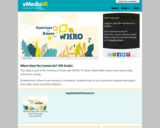
This video is part of the Continue to Know with WHRO TV series. Watch Beth Eanes teach about using commas in writing.
- Subject:
- English
- Writing
- Material Type:
- Lesson
- Visual Media
- Provider:
- WHRO Education
- Author:
- WHRO Education
- Date Added:
- 10/07/2020

This video is part of the Continue to Know with WHRO TV series. Watch Beth Eanes teach about using commas in writing.
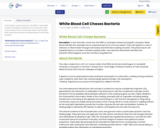
In this classic science clip from the 1950's a neutrophil chases and engulfs a bacteria. It is a dramatic visual to accompany any immune discussion, and includes other resources showing and describing all of the cells involved.
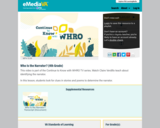
This video is part of the Continue to Know with WHRO TV series. Watch Claire Verdillo teach about identifying the narrator.

This video is part of the Continue to Know with WHRO TV series. Watch Jadah Jones teach about using quotation marks with dialogue.

Learn about our wild neighbors – the animals that share space with and around us. While many people may want to create backyard habitats for wildlife, others may be uncertain about living near wild animals and have concerns about “nuisance” neighbors. Join Wildlife Center staff to learn what steps we can take to better understand the wildlife that lives around us, while minimizing interactions with our wild neighbors, to keep everyone safe in their preferred habitats.
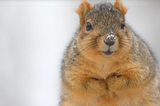
Learn how wildlife survives the tougher winter months. With cold temperatures and fewer food resources, the winter season can be challenging for many wild animals. Some animals migrate to different areas, some hunker down for a long winter’s nap, and some simply continue their daily activities. Join Ed Clark, the WCV staff, and other conservation professionals as they discuss how a variety of wildlife survive the often-harsh conditions of winter. For more information and classroom activities, please visit The Wildlife Center of Virginia and VPM UNTAMED websites.

Learn about wildlife rehabilitation. That is the treatment and care of injured, sick, and orphaned wild animals with the goal of releasing the animals back to their natural habitats. Join Center staff and several at-home permitted Virginia wildlife rehabilitators to learn more about what wildlife rehabilitators do, the invaluable service they provide to their communities, and the role that they play in wildlife conservation.

Learn about wildlife research conducted at the Wildlife Center of Virginia. Rehabilitators and veterinarians treat tens of thousands of wild animals each year and are often the first to notice trends that contribute valuable insights to overall wildlife health. During the past 37 years, Center veterinarians have led a variety of research studies on wildlife health, using data from the patients admitted to the hospital. Join the Center staff and other wildlife professionals to learn about the critical role wildlife rehabilitators and veterinarians play in caring for wildlife population health.
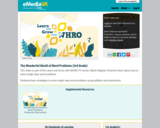
This video is part of the Learn and Grow with WHRO TV series. Watch Meghan Dmytriw teach about how to solve single-step word problems.
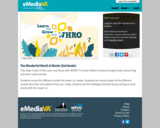
This video is part of the Learn and Grow with WHRO TV series. Watch Caroline Doughty teach about long and short vowel sounds.
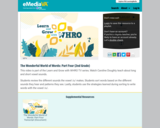
This video is part of the Learn and Grow with WHRO TV series. Watch Caroline Doughty teach about long and short vowel sounds.
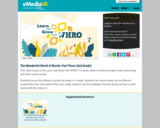
This video is part of the Learn and Grow with WHRO TV series. Watch Caroline Doughty teach about long and short vowel sounds.
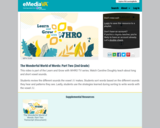
This video is part of the Learn and Grow with WHRO TV series. Watch Caroline Doughty teach about long and short vowel sounds.
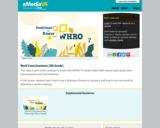
This video is part of the Continue to Know with WHRO TV series. Watch Beth Eanes teach about word consciousness and word reference.
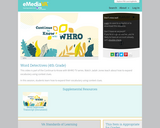
This video is part of the Continue to Know with WHRO TV series. In this session, students learn how to expand their vocabulary using context clues.

This is a visual that can be used in the classroom as a poster to show the impacts of technology in the world.

This video is part of the Continue to Know with WHRO TV series. Watch Andrew Sytsma teach about how to write a thesis statement and organize supporting details.
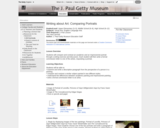
Students will compare and contrast an academic and an Impressionist portrait through a writing exercise and discussion. Each student will then write a formal commission letter to one of artists, requesting a portrait.
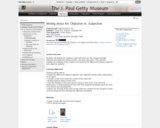
Students will analyze the sculpture "Head with Horns" by Paul Gauguin through objective and subjective writing activities and class discussion. They will then consider the meaning of this sculpture and examine the differences between objective and subjective analysis.
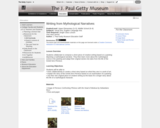
Students collaborate to compose a short piece of creative writing based on a painting depicting a mythological narrative. They then learn more about the mythological scene in the painting and adapt their original stories into tales from the life of the Greek hero Perseus.